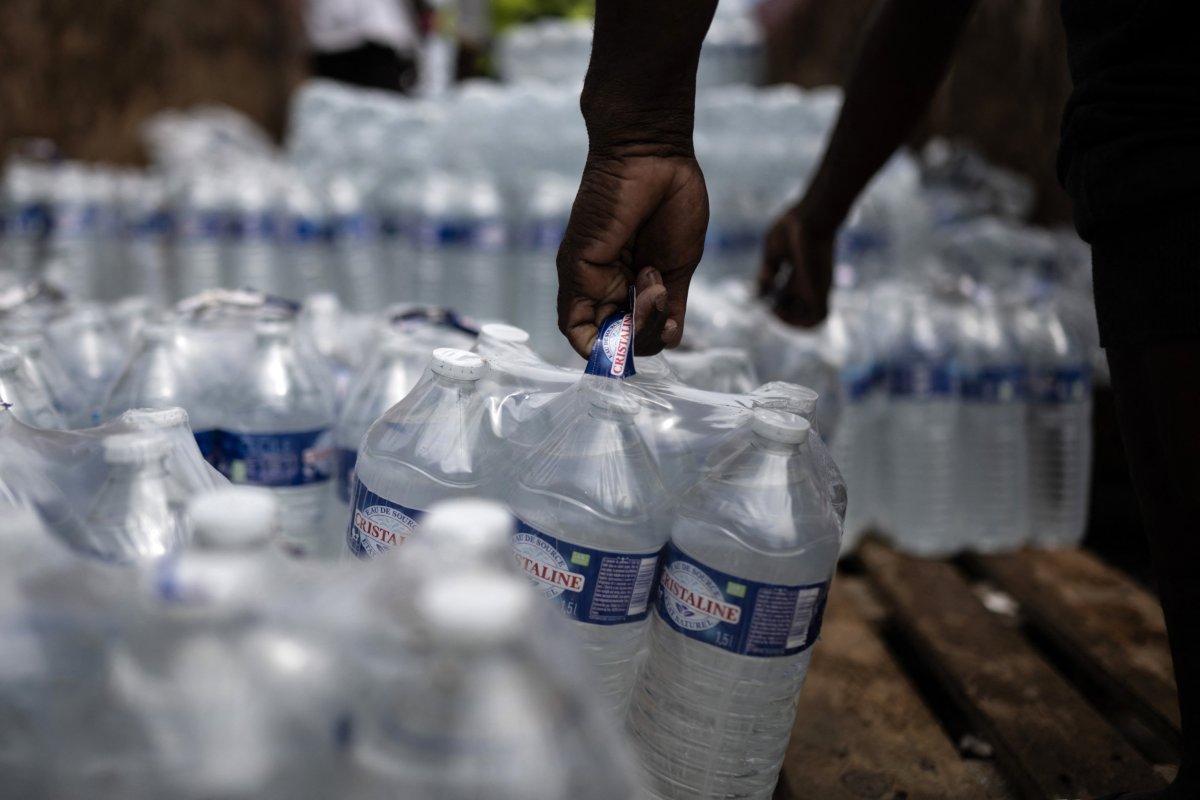Access to Clean Water—Confronting a Deadly Inequity
Access to Clean Water—Confronting a Deadly Inequity Newsweek


Globally, over 3.5 billion people lack access to adequate sanitation and safe water
It’s a staggering statistic and the ramifications extend beyond easy access to clean water and toilets. Without sanitation, many of these already at-risk populations, of which women are especially vulnerable, are also more susceptible to life-threatening water-borne diseases and malnutrition.
Funding gap for water and sanitation programs
Despite the urgent need, funding for programs that help provide safe water and sanitation to at-risk communities is severely short. According to the recently published 2024 Water Funding Gap report from Action Against Hunger, only 36 percent of global appeals for water and sanitation-related funding were met in 2023, leaving a 64 percent gap. With World Water Day around the corner, the international community must act faster to address these inequities.
The need to quadruple progress on water and sanitation programs
Our report examined data from countries with the most urgent needs seeking financial support for water, sanitation, and hygiene (WASH) programs through the U.N. humanitarian system. Our analysis found that the global community would need to quadruple its progress on water and sanitation programs to meet U.N. Sustainable Development Goal (SDG) 6, access to water and sanitation for all by 2030. The inconsistent and unreliable funding for WASH programs is a chronic pattern, however, and it has grim results.
The impact of insufficient progress on WASH
Insufficient progress on WASH is contributing to an upsurge in cholera worldwide, with a new case every 45 seconds, and more than 4,000 deaths reported in 2023. Known as the disease of inequity, cholera is preventable and treatable, but can mean death for people dealing with poverty and hunger.
Cholera: A waterborne infection
Cholera is a waterborne infection caused by the bacterium Vibrio cholerae, which seeps into food and water supplies. When someone ingests contaminated food or water, they contract the disease. Symptoms typically include severe diarrhea, serious dehydration, rapid weight loss, and extreme fatigue. It also can lead to septic shock and can kill within hours if not treated.
The impact on vulnerable populations
While treatment is typically straightforward, access to even rudimentary health care is a life-threatening challenge where cholera thrives. Cholera does not discriminate by age or gender, but typically impacts populations that lack access to safe and clean water sources. People trapped in unsanitary conditions, from refugee camps to rural villages, are more likely to contract the disease.
The urgency of addressing the funding gap
The disease’s short incubation period, between two hours and five days, means it is highly contagious and can spread swiftly through a community. It is such a grave threat that the detection of even one case is considered an epidemic.
The global impact of cholera
In the last 100 years, cholera has been almost completely eradicated from Europe and North America. But in countries with weak or damaged WASH infrastructure, tens of millions are getting ill and tens of thousands died from the disease last year. Most cases occurred in low-income countries, including countries in Africa and the Eastern Mediterranean regions, which accounted for 90 percent of reported cases.
Specific case studies









